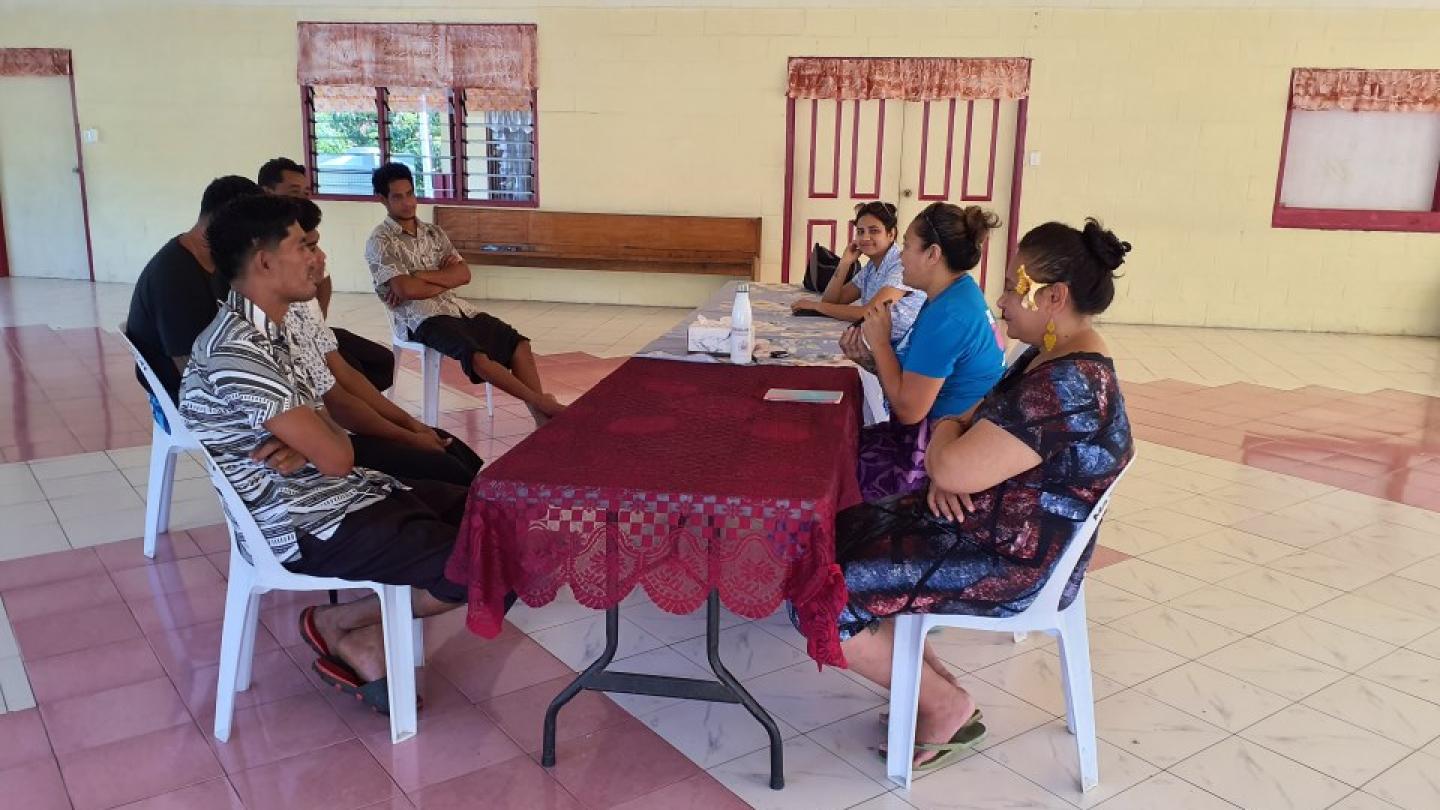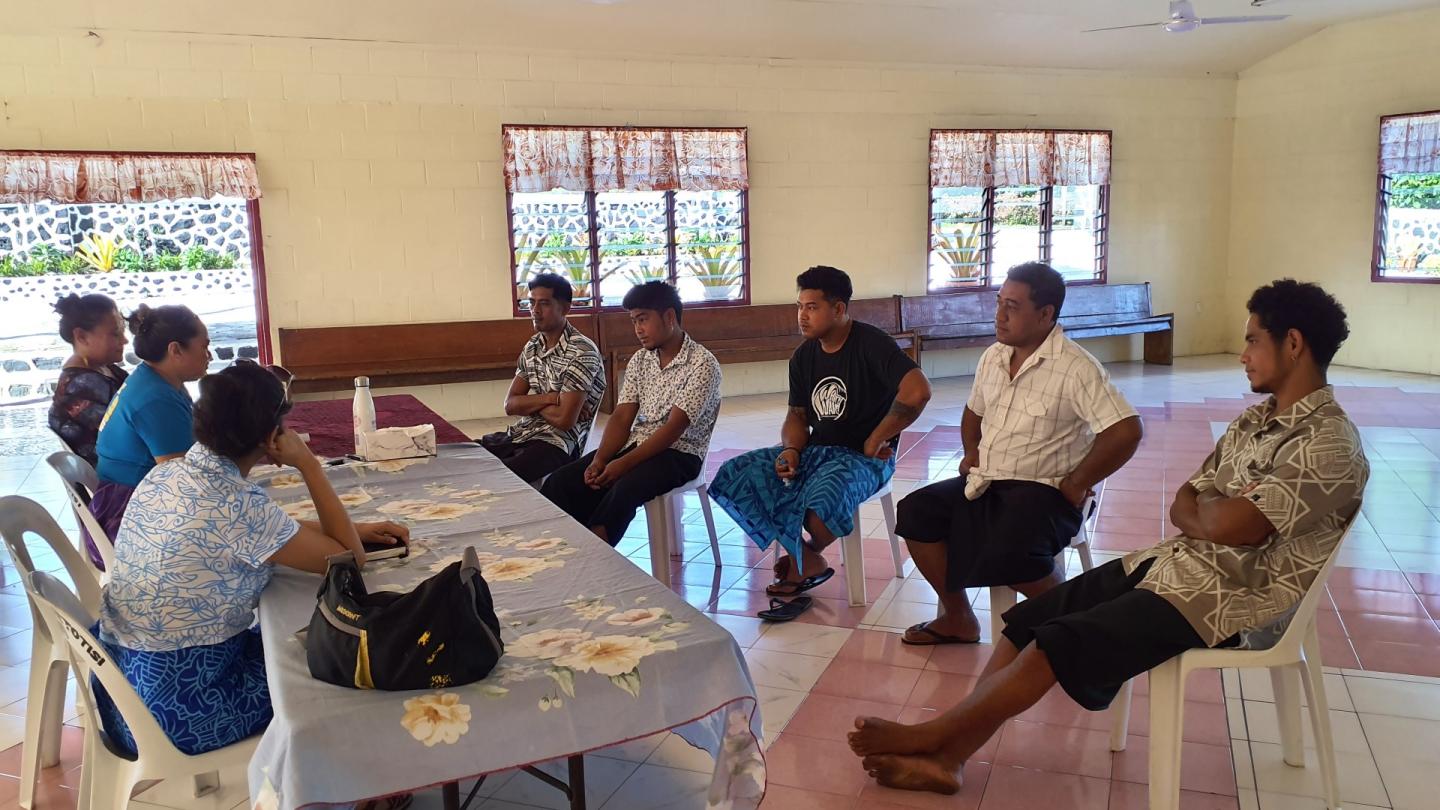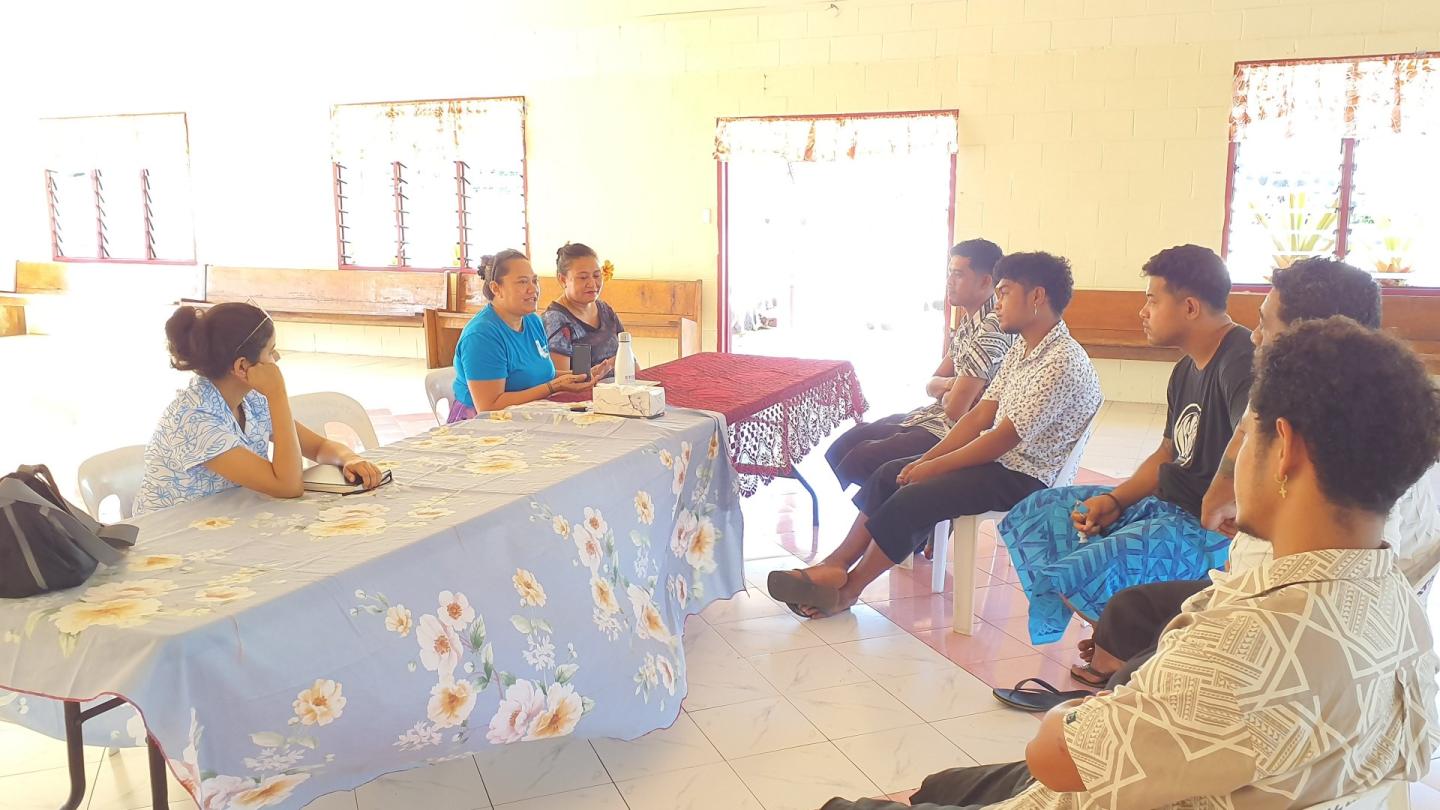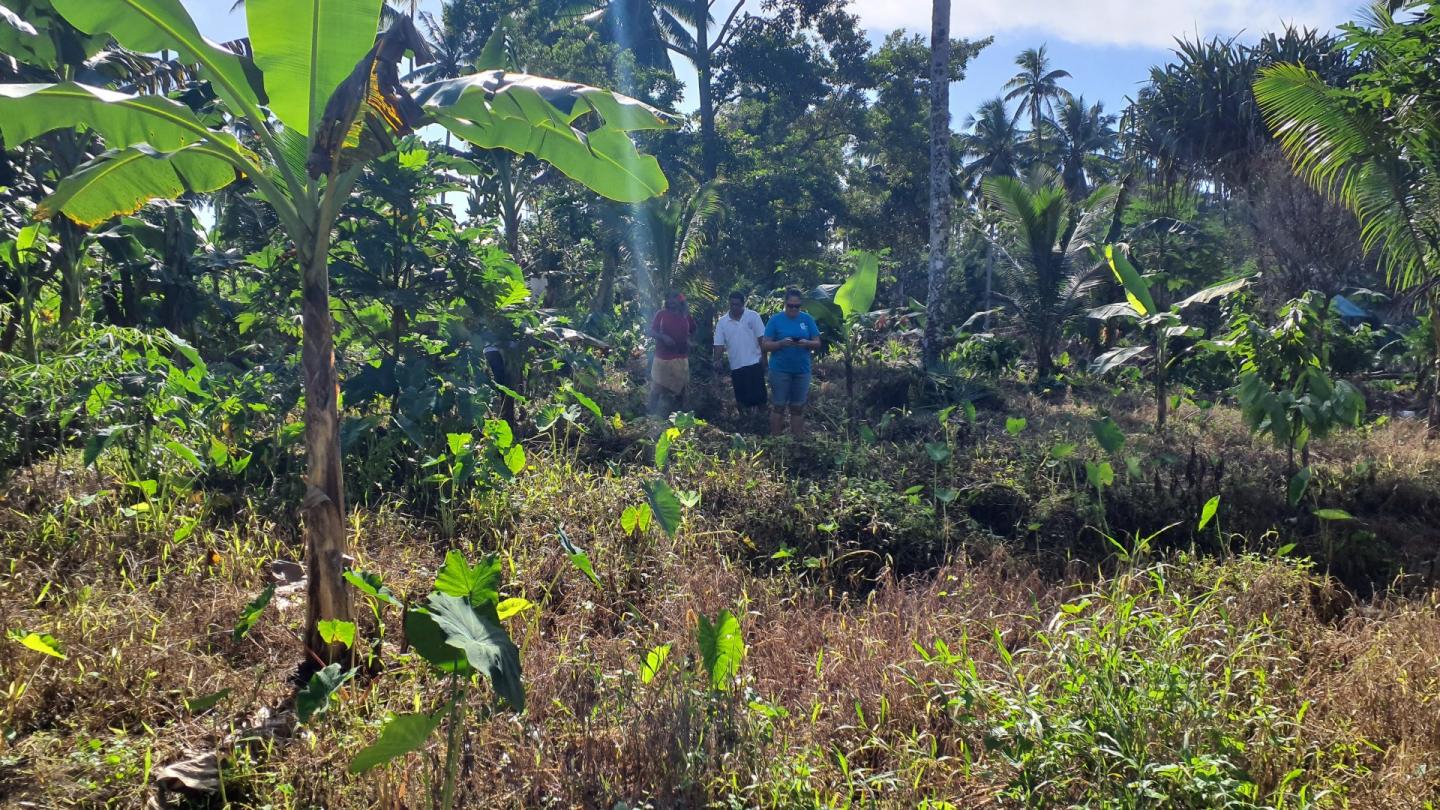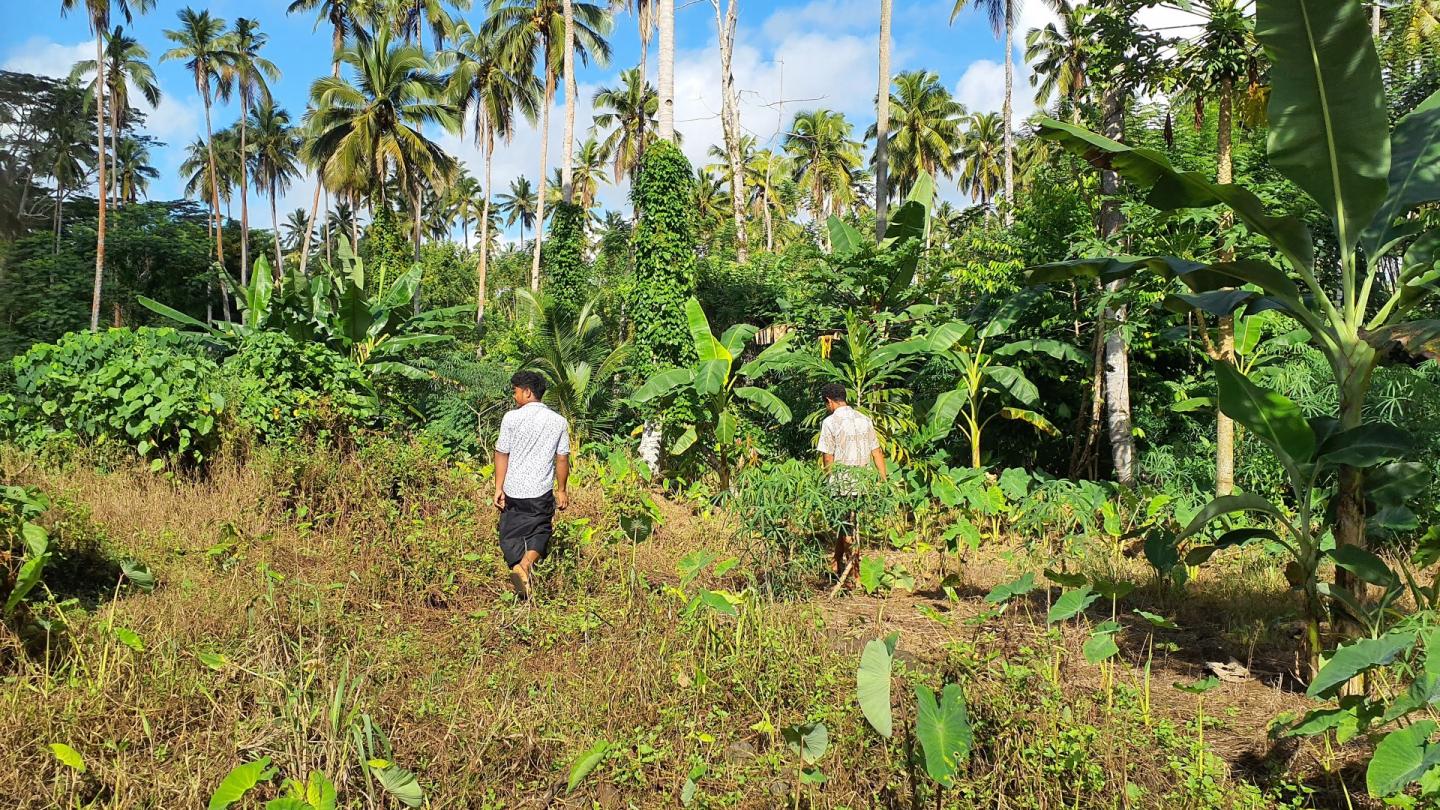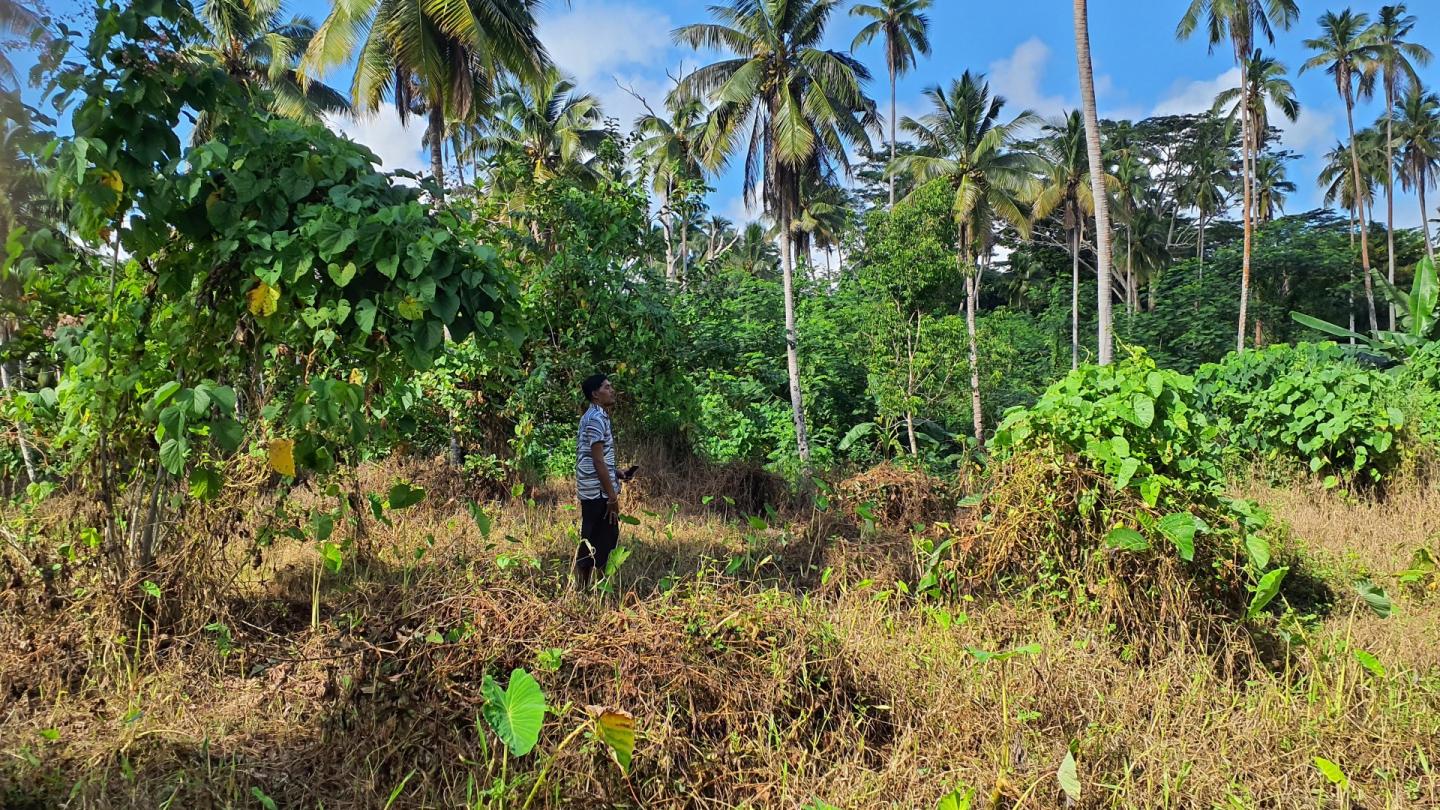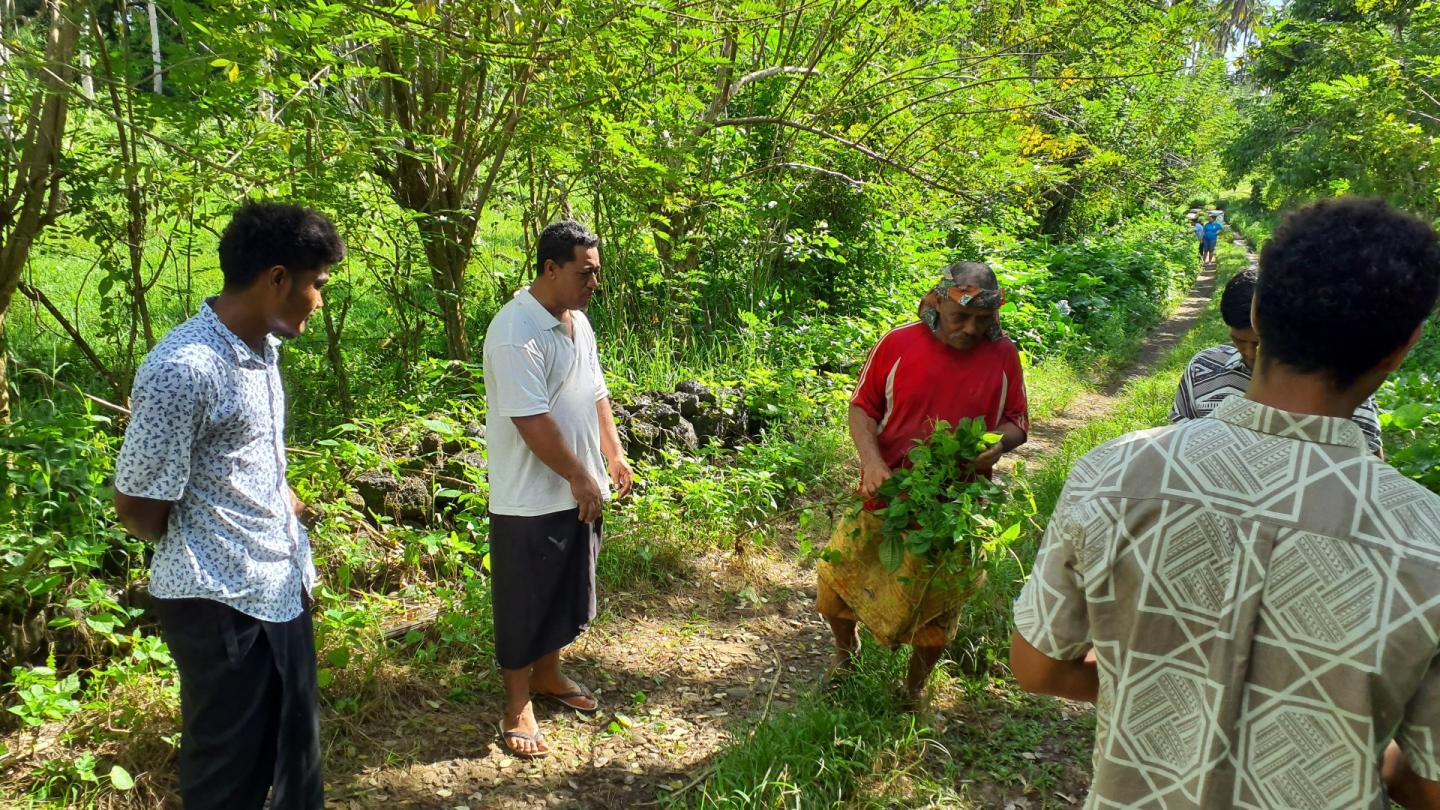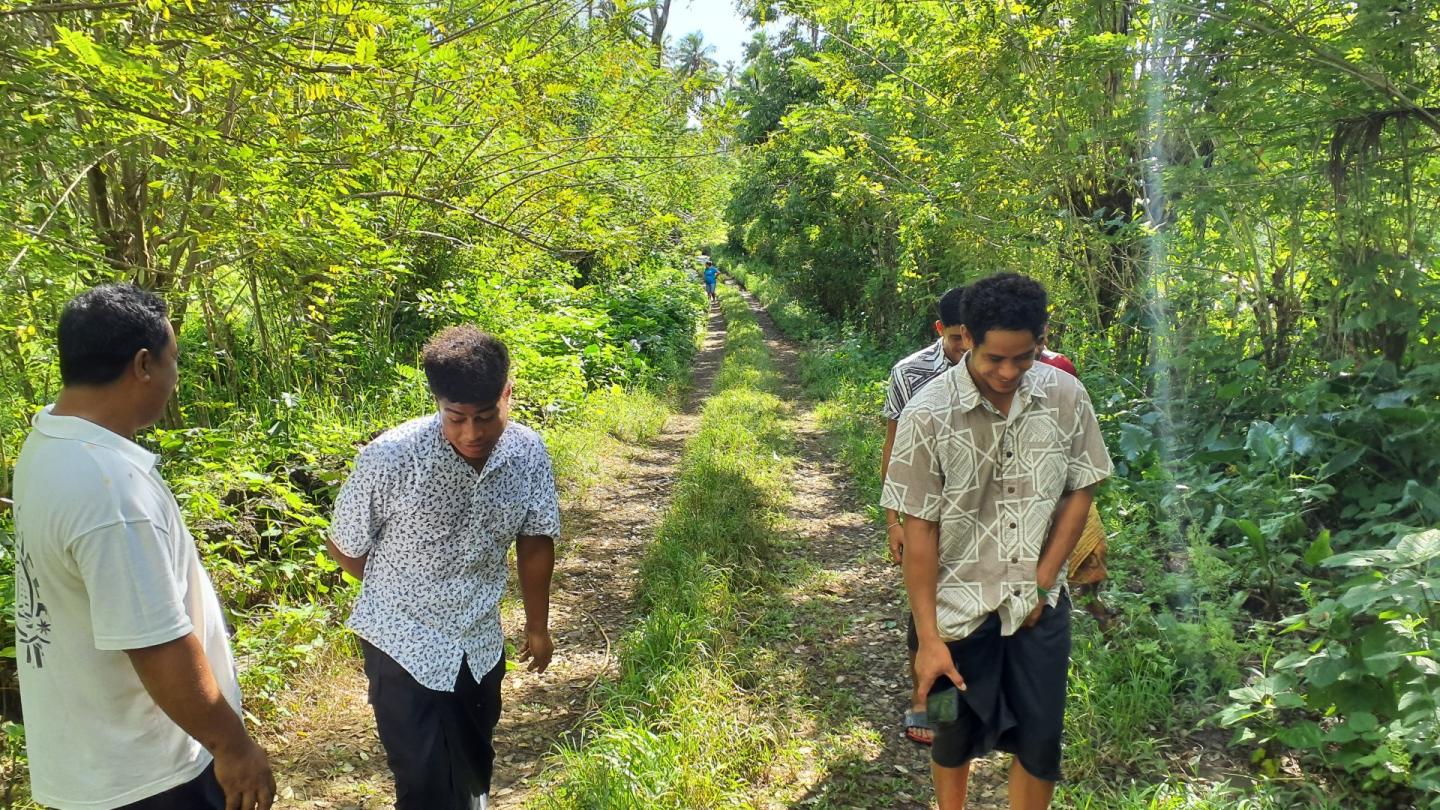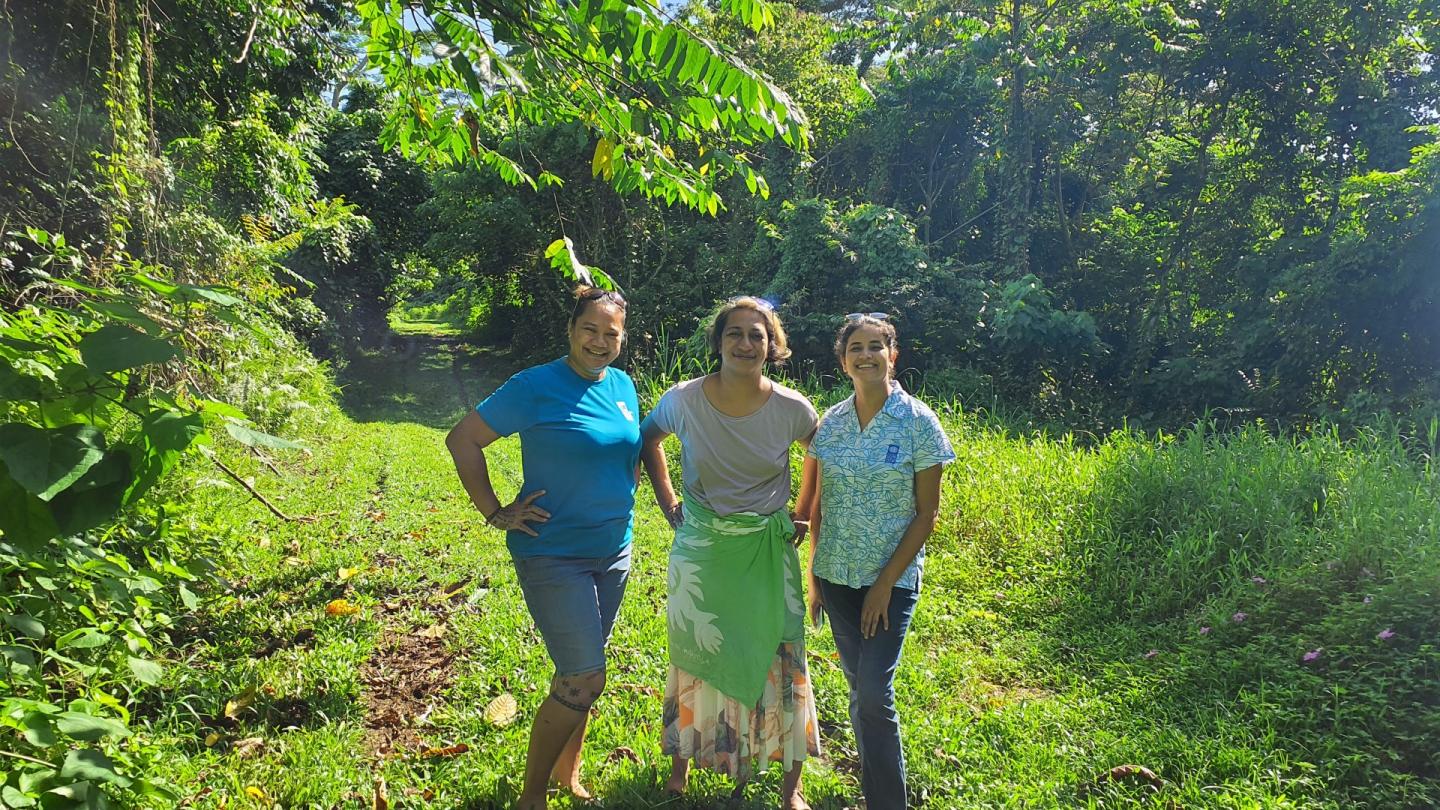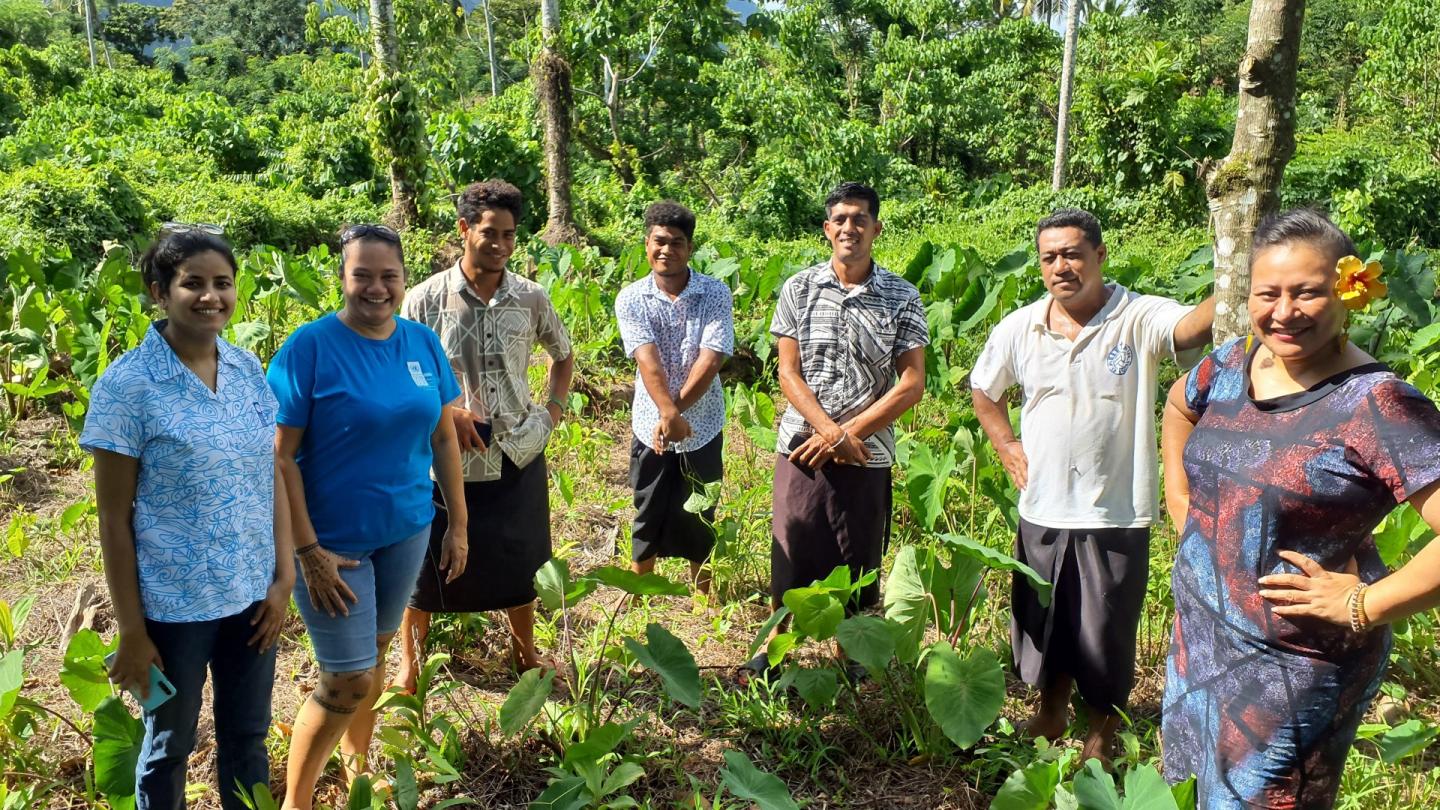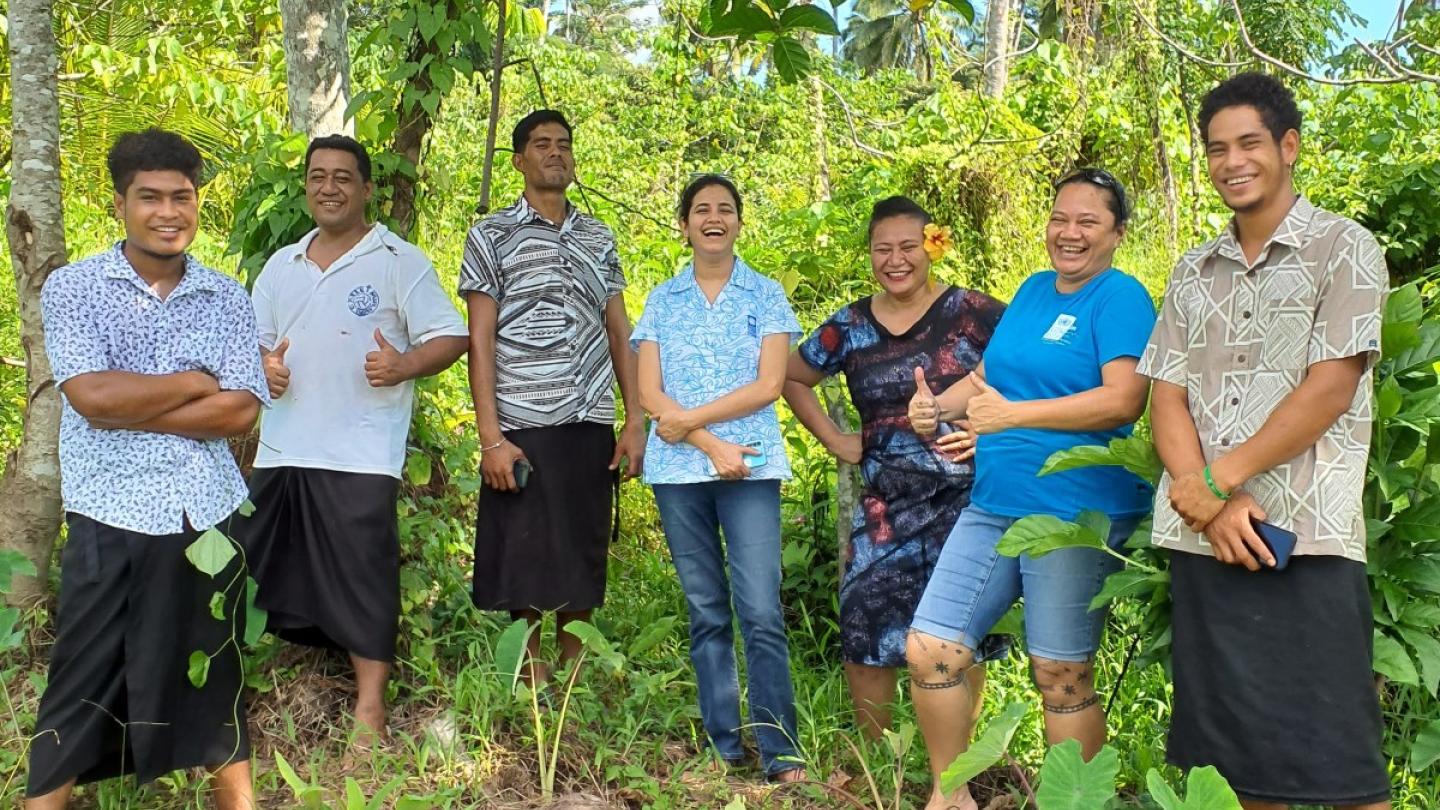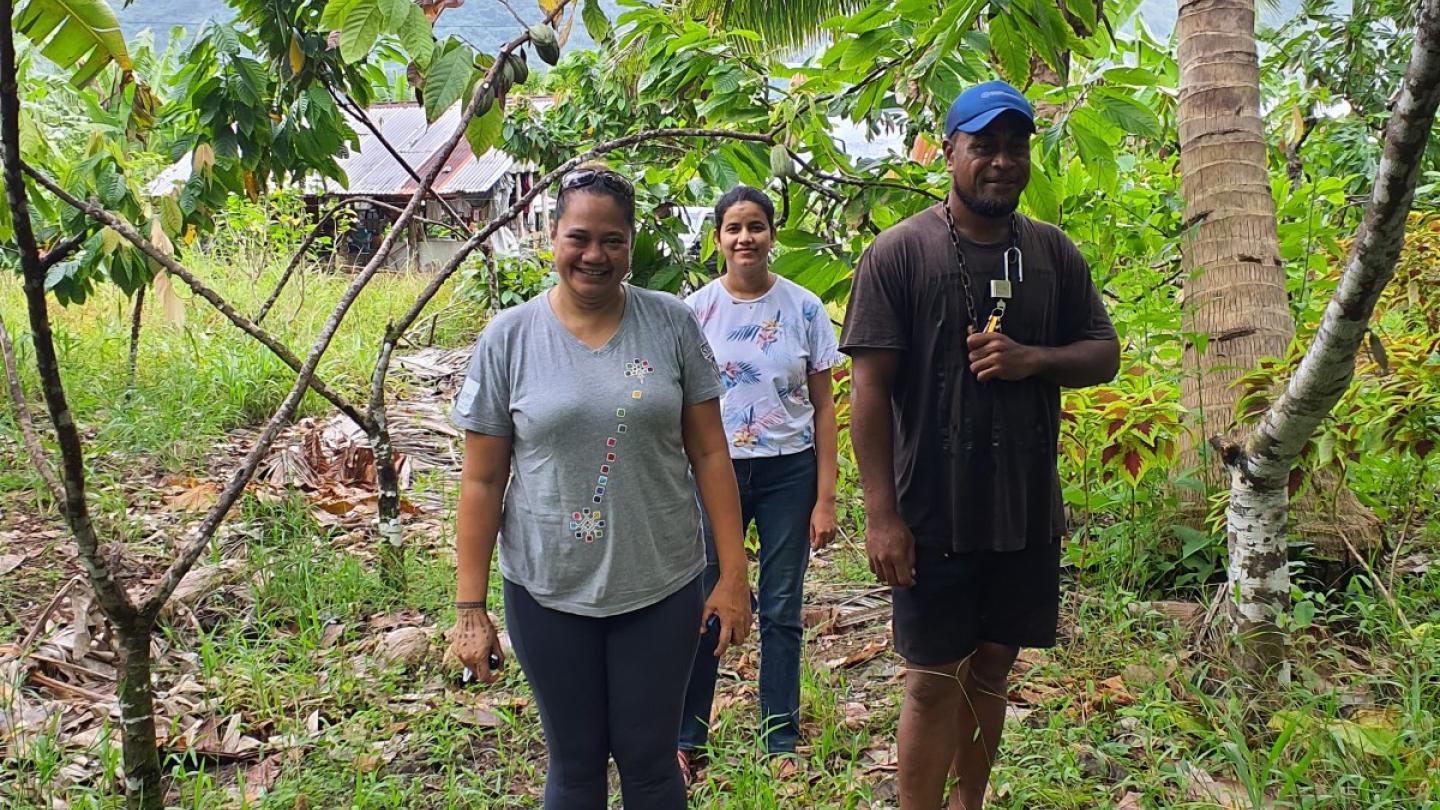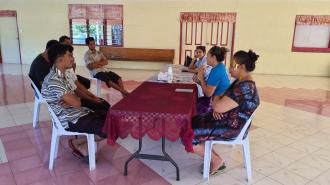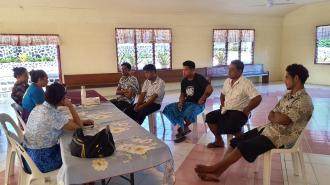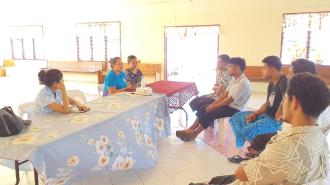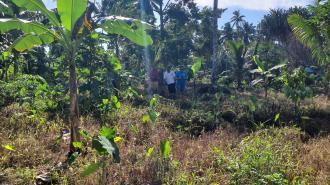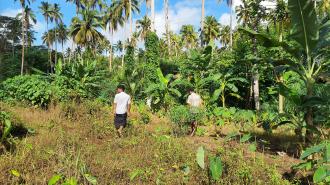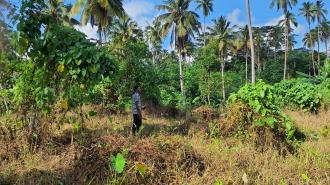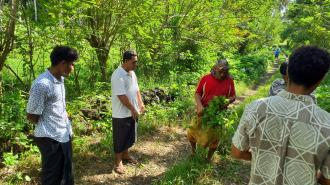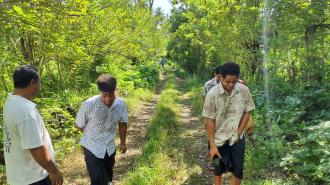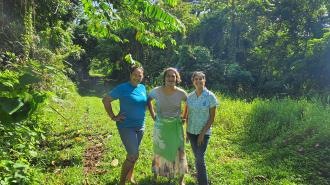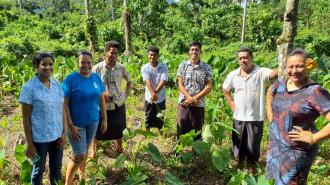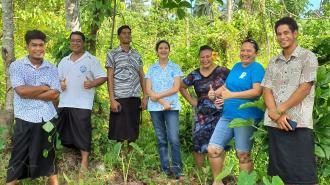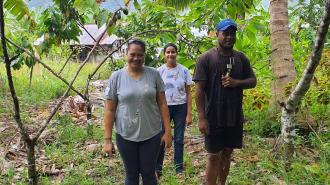Harnessing Collective Intelligence for Biodiversity Monitoring: Exploring Photojournaling and Spatial Data Collection
July 10, 2023
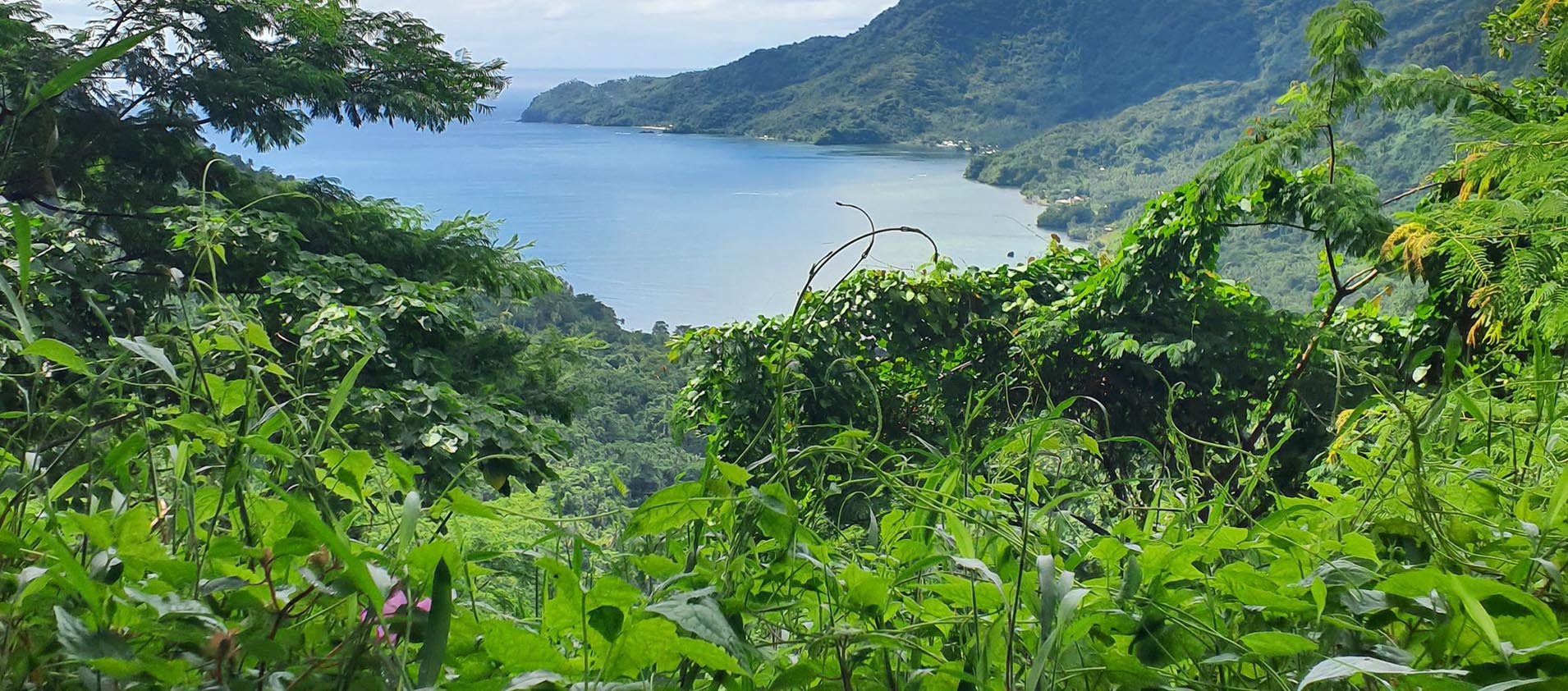
Who would have thought that such a sweet-smelling flower could be a menace to society? Move over, Godzilla, because the true monster has revealed itself in the form of the Honolulu rose. This deceptively innocent flower might seem like the perfect addition to your garden, but little do you know, it's plotting world domination. With its invasive tendencies and a knack for strangling native plants and crops, the Honolulu rose is like that
one friend who overstays their welcome and takes over your fridge.
So, if you thought you were about to embark on a romantic journey through a blossoming paradise, buckle up, because this rose will leave you questioning Shakespeare's famous words: "A rose by any other name would smell as sweet, but it might just take over the world while doing so!"
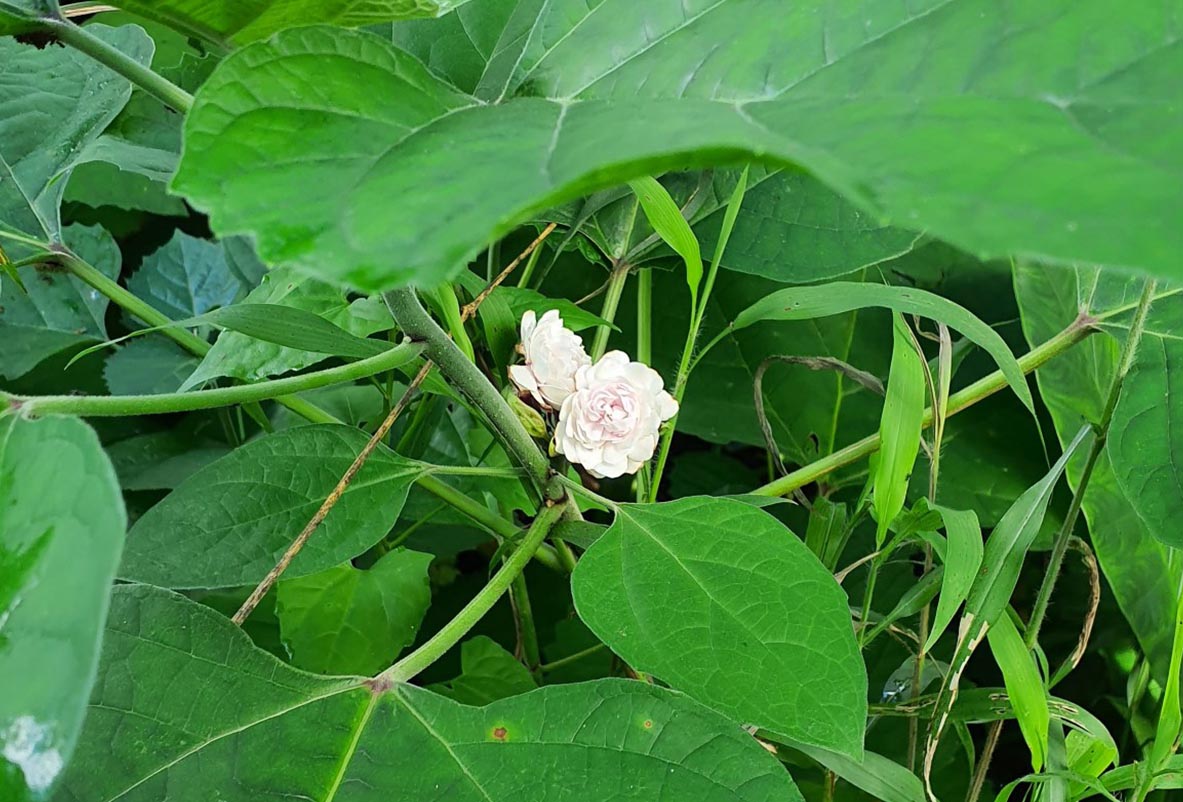
Biodiversity is vital for the health of our planet, but it is facing unprecedented threats due to climate change and human activities. To address these challenges, the Accelerator Lab (AccLab) has embarked on an innovative project to harness collective intelligence for biodiversity monitoring. In this blog, we delve into the insights and testing plans developed by AccLab, highlighting the potential of photojournaling and spatial data collection methods in documenting invasive alien species and promoting effective action for climate change mitigation.

Testing Plan: Photojournaling for Biodiversity Monitoring
AccLab's first testing plan revolved around photojournaling as a means to capture photographic evidence of invasive alien species and their locations.
The plan included participant selection, training, field testing, data collection, analysis, evaluation, and documentation. The Samoa community, like other Pacific Island communities, possesses its own unique qualities. One prominent aspect of Samoa's culture is the emphasis on 'respect,' which plays a vital role in fostering community. Recognizing the invaluable knowledge held by the local youth, we collaborated with them to gain insights into their community, as they possess a deep understanding of its intricacies. With their guidance, we were able to navigate the villages while adhering to the cultural protocols specific to each location 01.0
The testing phase was an opportunity for the youth participants from the Samoa National Youth Council to contribute to biodiversity monitoring actively. Through their photographs, the participants were able to document invasive alien species encountered in the villages of Lufilufi, Fagaloa, Toamua, Satapuala and Magiagi. The process involved training the participants in basic photography techniques and educating them about invasive species identification.
The collected photographs served as valuable evidence of the presence and impacts of invasive species. By analyzing the photographs and cross-referencing with expert resources, AccLab validated the identification of invasive alien species. The testing plan also allowed for participant feedback, enabling AccLab to gather valuable insights into the effectiveness of photojournaling as a biodiversity monitoring tool.
Through the photojournaling testing plan, the project has showcased the power of youth engagement in documenting invasive alien species.
Enhancements in Spatial Data Collection
While photojournaling proved to be a promising method, the insights gained revealed a limitation: the non-transferability of location tags in the metadata of the photographs. To overcome this challenge, AccLab developed a second testing plan aimed at incorporating Google Forms or KoboToolbox for spatial data collection.
The enhanced testing plan focuses on enabling community participants to create GPS pins to accurately and transferably mark the location of invasive species. By utilizing these digital platforms, participants will learn to capture location data effectively, improving the overall accuracy and usability of the collected information. This iterative
approach reflects AccLab's commitment to continuous improvement and ensures the creation of comprehensive maps of invasive species locations for more effective climate change mitigation strategies.
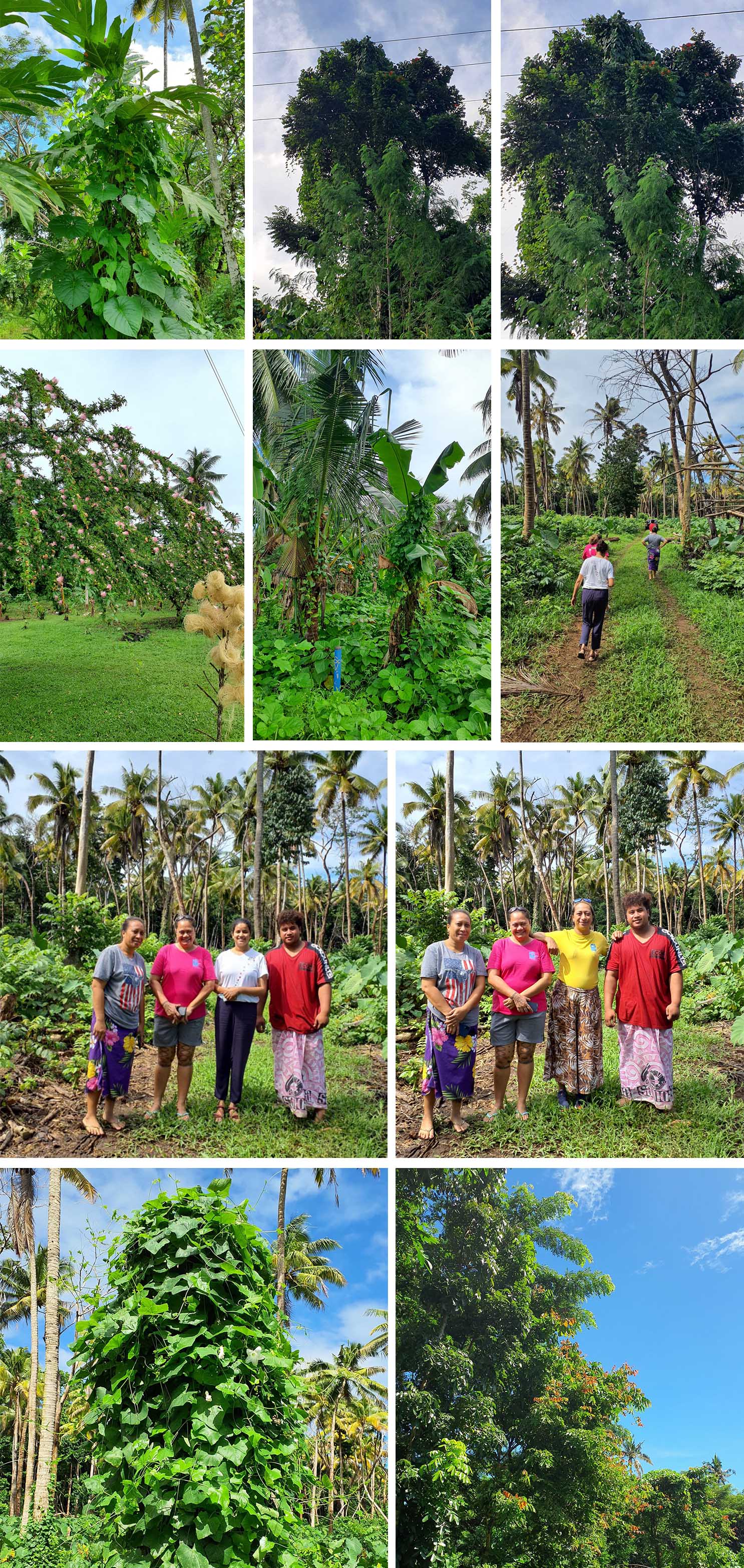
AccLab's collective intelligence design studio for biodiversity monitoring is making remarkable strides in addressing climate change and its impacts. Through the photojournaling testing plan, the project has showcased the power of youth engagement in documenting invasive alien species. The insights and the subsequent testing plan for spatial data collection highlight AccLab's commitment to refining and expanding its methodologies.
Harnessing collective intelligence, AccLab is forging a path towards more effective action in addressing climate change and preserving biodiversity. By empowering communities and integrating innovative tools, we can build a collective effort to protect our planet and ensure a sustainable future.
Together, let's embrace the power of collective intelligence and take bold steps to safeguard our natural heritage.
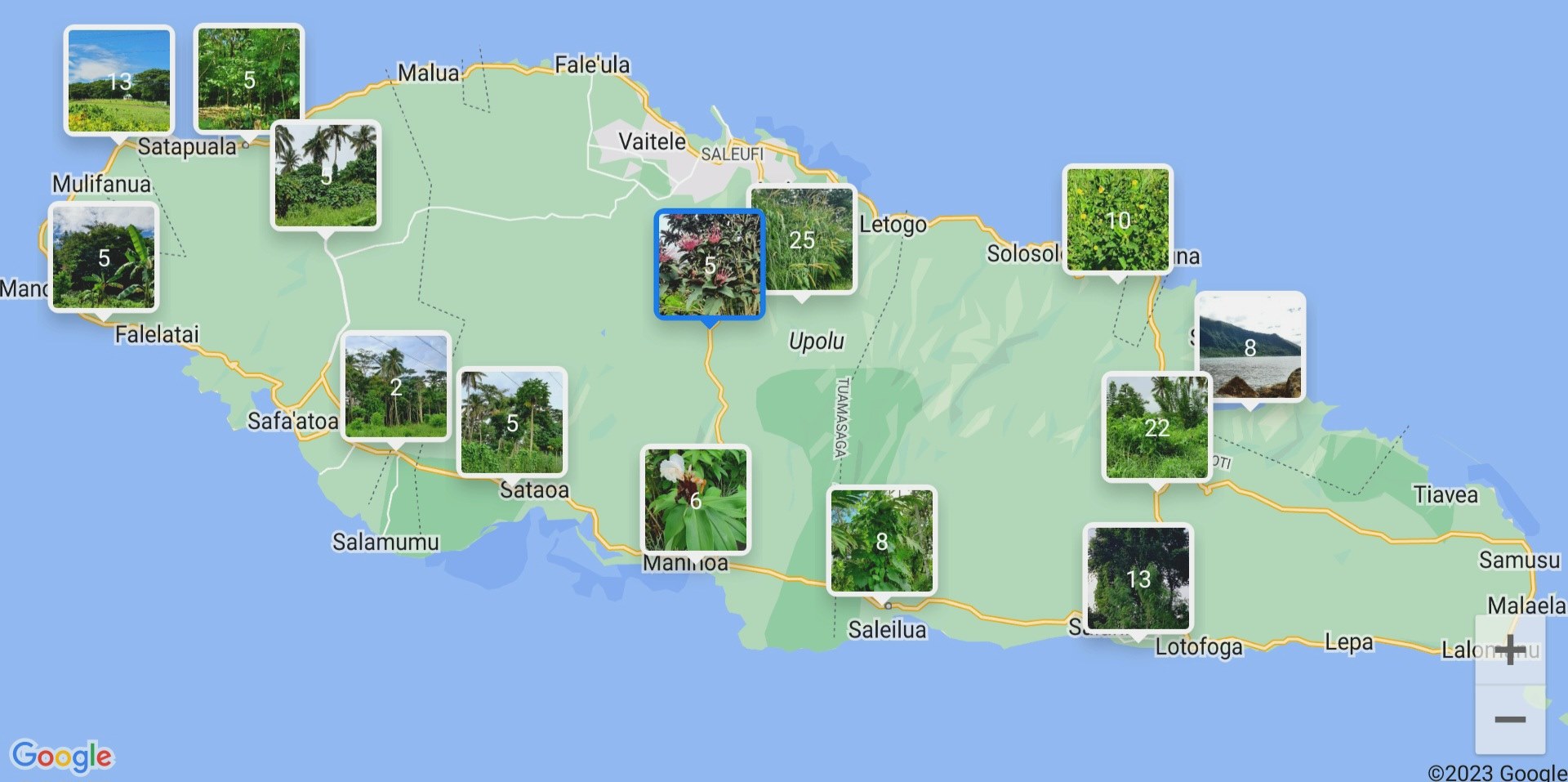
#UNDPAcceleratorLabs #Samoa #Blog #Pacific #SDG13 #ClimateAction

 Locations
Locations

